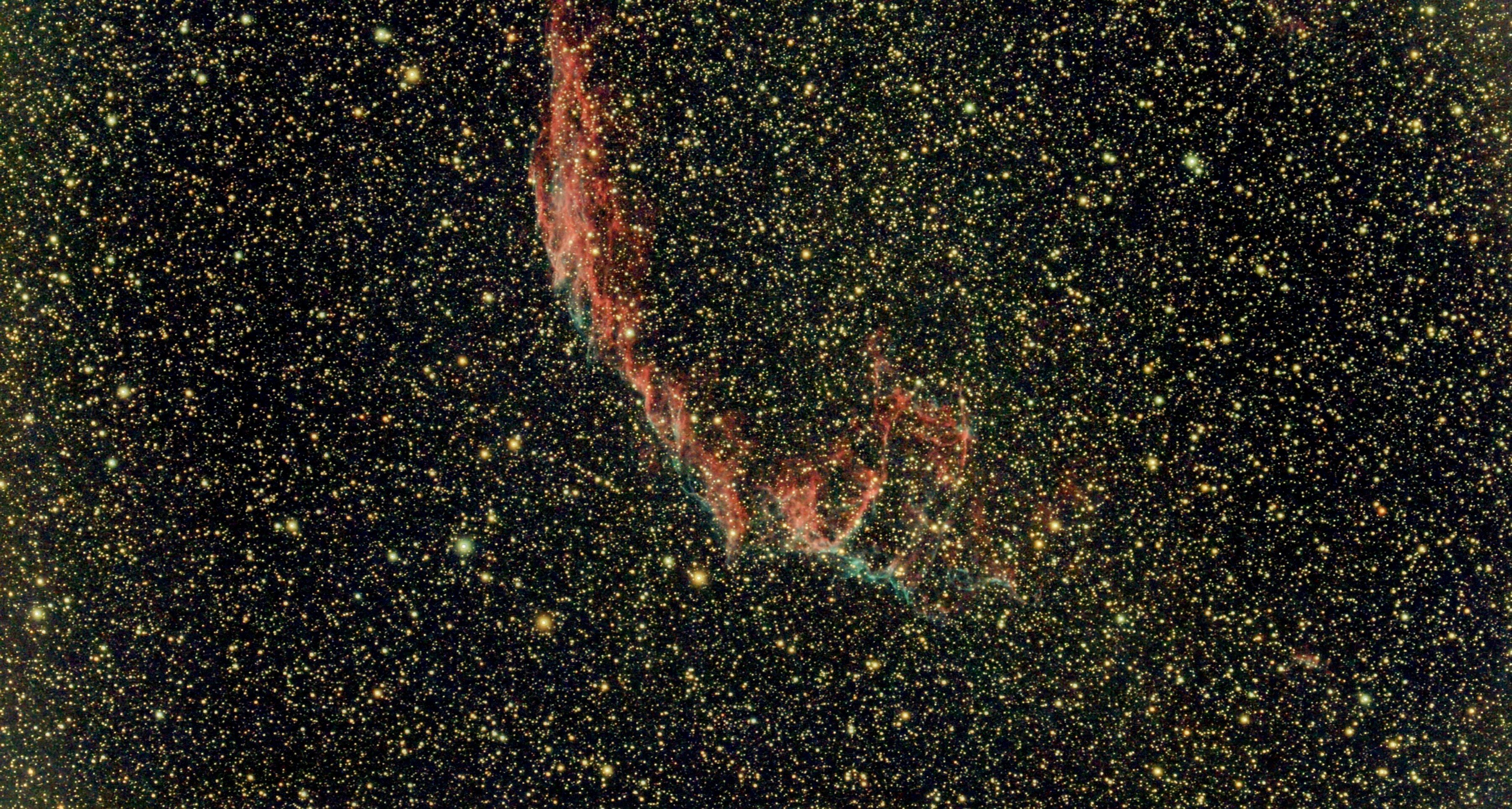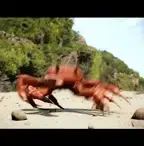Gas bubbles from rotting vegetation are the likely cause in this instance. See this article for an explanation:
Looks like the same thing, good explanation.
There are species of seals who actively keep holes open in the ice to use as breathing holes, allowing them to hunt fish even in frozen-over bodies of water.
They’re all ocean-dwelling species in the arctic or antarctic oceans, so this isn’t the answer to your specific question, but I just think they’re neat.
Before reading the “so this isn’t the answer to your specific question, but I just think they’re neat.” My mind went:
A seal? At this time of year? At this time of day? In this part of the country? Localized entirely within their pond?
Yes!
May I see it?
No.
Seymour the lake is on fire!
Seymour’s alive! Alive alive alive!
No, Mother, it’s just the Northern Lights
fish farts

Some of these fish are not looking very healthy
Too many carbs in their diet
Too many carps, you say?
Where I grew up has too many carps.
Their slogan is “Where the ducks walk in the fish.”
I shit you not, people line up to throw them stale bread.
The Spillway in Linesville, PA.
I knew it had to be PA or Ohio.
One time in PA, I saw a carp eat a baby duck. Gobbled it hole in one slurp.
Is that poetry?
I suppose that’s up to the reader to decide.
My words just like to have some extra space.
Like me.
I’ll get back to you with some readings
I snorted my coffee, thanks.
Huh… Like off a key or in a line or something? Also… Why?
Forgot the “out”, bit decided to just leave it for the lolz.
I definitely enjoyed the lolz, just figured I’d go for the low-hanging fruit before anyone could beat me to it.
I’m not a hydrologist, but I suspect it’s due to areas of upwelling warmer water. Alternatively, the ice could have formed, but these spots are where the surface was too unstable to permit that (wind?)
Yep, this is it. The ice is thinner in those areas, allowing more heat from the water to reach the surface
deleted by creator
That, or some very adventurous ice fishermen were out already. people who ice fish are a strange lot. In the nearest hole, you can see in the center where it was drilled down. They could be trying a new pond looking for where the fish are laying.
(I wouldn’t trust the ice this early in the year with my worst enemy- mostly because they could probably break out on the way back up. shhhh)
Ice doesn’t form with even thickness naturally, when it warms back up outside, the thinner parts melt faster, and it kind of snowballs due to currents created and stuff like that. So even if the thin areas didn’t start out that much thinner, they end up melting way faster anyway.
GOT DAMN LOCH NESS MONSTA I TOLD YOU I AIN’T GOT NO TREE FIDDY
My best hyptothesis is that in the center of each of those disks a hole may have been or still is through which pond water is wicking upwards and melting the snow in a circular fashion before freezing and coming to a halt. Hence the almost perfect circular shape and the weird lighter color in the center … notice the crack in the center of the disk in the foreground?
Aliums 👽
Onions?
Onion-based aliens.
…they have layers.
No, Onyo Alien.

That person on the right needs some Gold Bond.
Might be eddy currents.
Good guess. Also rocks closer to the surface can transfer heat to the surrounding water.
Fish ghosts.
Throws dart…
.
Geothermal vents, or radioactive rocks.
The one time when “swamp gas” is the answer, and you miss it. For shame…
Where the fish peed.
That’s where decomposing bodies in barrels are releasing gas bubbles as the corpse decomposes. Both because the bubbles are warmer from decomposition and because they disturb the surface of the water, ice formation is disrupted in “warmer below freezing” temperatures.
Source: I’m just winging it bro.
My hypothesis:
So, basic principles out of the way first, dark absorbs more sun, white reflects it. As the snow melts and reveals the darker colored water beneath, this will begin a runaway feedback loop that will slowly melt more and more ice. Assuming it’s not too cold out, anyway.
Since this is actually a runaway feedback loop that is going to eventually melt the whole surface of this body of water, we just need to get it started, and everywhere it starts, it’ll spread from. All we need, is something that darkens the surface of the snow.
In the case of that center circle, it’s hard to make out, but I think I see a stick jutting out in the exact center. A brown stick, no less.
Having been around melting ice a lot I think this is closer to the right answer. Also decomposing things give off heat. Any vegetation that is decomposing will accelerate ice melting.
most likely due to varying depth. More shallow will stay warmer I believe because the earth holds temperature longer.
Source: I have a ground source heat pump, which is equivalent to saying I stayed at a holiday inn last night. But it might still be true.
HOTEL, MOTEL
You can bring your girlfriends, and meet me at the hotel room.
Hoetel room.
cuz a hoe tell everybody
Shallow water freezes first. Ice acts as an insulator so deep water will get cold but not freeze.
This is likely caused by vegetation at the bottom rotting and the gas rising up till it collects in on area, making the ice thinner and thus higher.
Not following why shallow water freezes first.
It has less insulation between the lowest point of the water and the cold air above it. All else being equal ice freezes to uniform thickness. The shallowest parts of a pond or river are the most likely to down to the ground. There’s several other factors, but the biggest one mostly comes down to how deep the water is and how fast its flowing if at all.
but doesn’t that also mean less insulation to the warmer ground? Flow of course messes with everything. But looking at the pick, the shoreline didn’t fully freeze, implying shallow freezes last. Though google says shallower lakes freeze first. So the is a missing dynamic here somewhere.
Not really, the ground can freeze and get colder. This is why early winter, first snow and flurries will seem to melt instantly when they touched down, but as the season continues the ground cools off till snow can stay frozen on the surface.
While it’s true the deeper you go the more stable it becomes, the earth has thermal layers just like the atmosphere, and whats more the water above the ground insulates the ground from freezing faster, so the deeper the water the less it’s going to freeze from below.
















